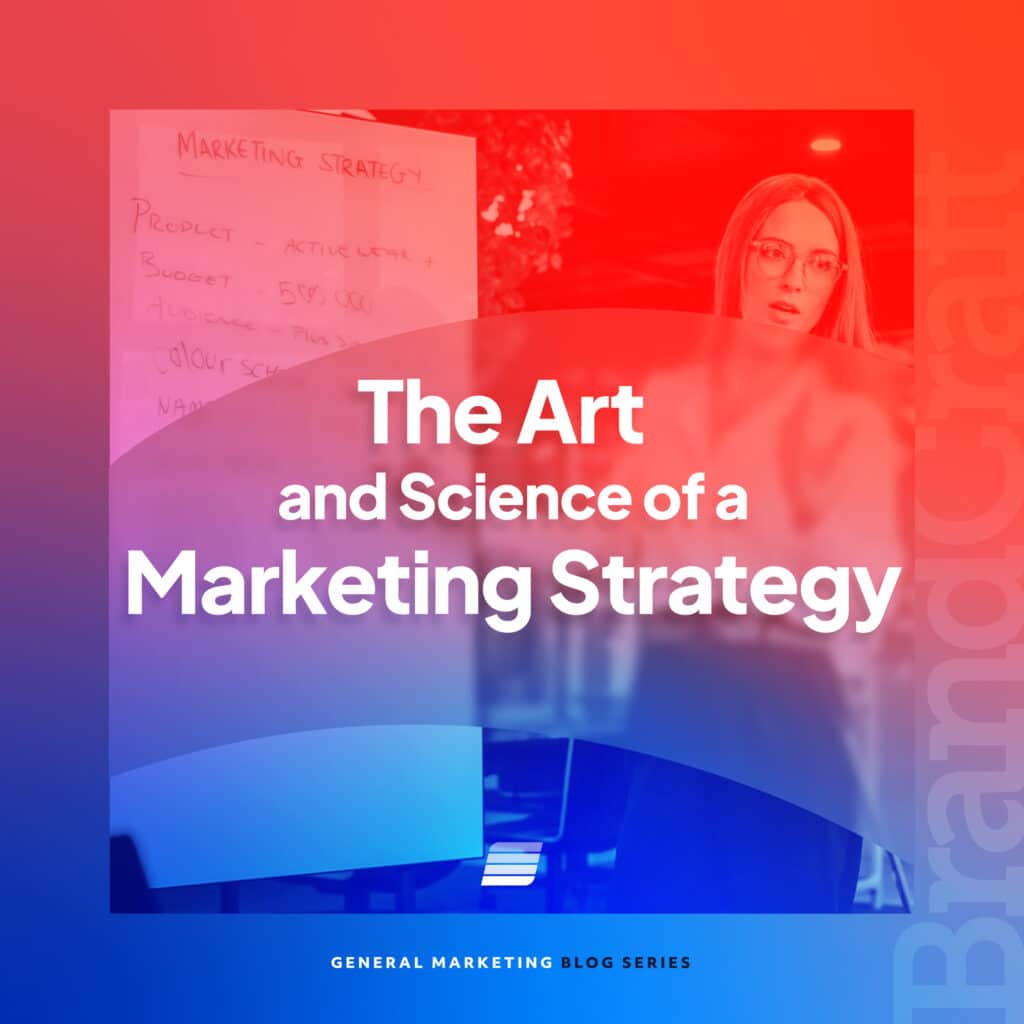Improve Your Site with Google Search Console like a Website Optimization Agency
August 3, 2021

As a website optimization agency, we rely heavily on Search Console to help keep an eye on potential issues. Most people know about Google Analytics, but many people don’t know about Search Console. And many people don’t know the difference between Analytics and Search Console.
So what is Search Console?
The easiest way to explain this is that Google Analytics shows what people do on your website, while Search Console shows you how people get there.
How to Set Up Search Console: Tips from a Website Optimization Agency
We use Search Console to continually optimize our client’s websites for increasingly better SEO performance. Take a look at how we get there with Search Console:
- To Set up Search Console, head to https://search.google.com/search-console/about and click on the “Start Now” Button. Make sure that you are using the same Google account that you use for Analytics or Tag Manager. Otherwise you won’t be able to verify ownership.
- Once you are in, you will be prompted to add a property. There are 2 property types, but the easiest one to use is the URL prefix version. This Property type cares about whether you use “www” and “http” or “https”. There are 4 combinations you can use (http://, http://www, https://, https://www) and technically you should set up a property for all 4 combinations. To get started, use the version that most of your external links point to.
- Once you have entered your property, you will need to verify your ownership of that property. The easiest way to do that is to already have Google Analytics or Tag Manager installed. Again, make sure it’s under the same Google Account that you are accessing Search Console with.
- After Verification, you will be taken to your dashboard. The very first thing you will want to do is enter your sitemap(s). Google can crawl your site for your pages. Supplying an XML sitemap is the best way to make sure that Google crawls and indexes all your pages.
- Once you’ve entered your sitemap(s), there’s not much more to do at this point. From here, you need to give Google some time to collect Data. Google will start tracking how people get to your site. This includes what keywords will trigger your site in search results, and how many impressions and clicks those listings get. There is more, and we will cover those in the coming sections.
Check your Keywords in Search Console
Once Search Console has had a chance to collect search data for your website (give it at least a week, though a month will give you even more data), the first thing you want to check is your Performance report for search results. To do this, go to “Search Results” in the menu on the left.

Once here, you have a dashboard that will show you pretty much everything you could want to know about how your site shows up in search results.
This includes:
- keywords you show up for
- pages that show up
- which countries your site showed up for
- which devices people were using
- what special pieces of content showed up
- which dates you showed up in search results.
All of these data points have their own tab, and in each tab, you get the data point, along with how many impressions and clicks it drove.

Use this report to get an idea for which keywords you rank well for. As well as keywords that you rank for, but that aren’t driving many clicks or impressions. This can show you what kind of content to add to your site to rank better – which our website optimization agency strongly recommends.
Page Experience

The Page Experience tab helps you to make sure that your site is optimized for your users. Google cares a great deal about how easy it is for users to navigate and use your site. This tab gives you a high-level view of all the things that Google checks for when they assess the page experience on your site.

Google looks for Core Web Vitals (we’ll cover that in the next section), mobile usability, security issues, HTTPS availability for each page (this is another layer of security). If there are issues for any of these categories, they will be listed (see above). Clicking on any of these will give you more details into the actual issues. It will tell you exactly which pages have the issue. Fixing issues here is paramount, as these are some of the most important ranking factors to Google.
Core Web Vitals

There are three core web vitals:
- Largest Contentful Paint (LCP): this measures loading performance. To provide a good user experience, LCP should occur within 2.5 seconds of when the page first starts loading.
- First Input Delay (FID): this measures interactivity. To provide a good user experience, pages should have an FID of 100 milliseconds or less.
- Cumulative Layout Shift (CLS): this measures visual stability. To provide a good user experience, pages should maintain a CLS of 0.1. or less.
The Core Web Vitals section gives you an overall score for both desktop and mobile devices. These are separated because things generally load faster on desktop devices, so something that is an issue on Mobile may not be an issue on Desktop. This is also helpful if you have separate desktop and mobile sites, or utilize dynamic content that changes based on the device type.
For more details about each device type, click on “Open Report” at the top right corner of each overview.

The report that opens will give you a more detailed report of your website for that device type. You will be able to see how your pages perform for each of the above Core Web Vitals. For each Core Web Vital, if there are issues, it will be called out. You will be able to click on it and get a list of each page that failed the test or needs to be improved.
This is one place where a website optimization agency can help. Many of the issues that are called out in this report are highly technical and involve more than just a resizing of an image. A website optimization agency like BrandCraft has the resources and skills to fix any issues that crop up here.
Mobile Usability

Mobile usability is specific to how your site works on mobile devices. It checks for things like text size, how close clickable elements are to each other (because thumbs are significantly less precise than a mouse pointer), and if your content fits on a mobile screen. Like the Core Web Vitals report, this gives you an overview of issues that might be present on your website, and clicking on each issue, will give you a list of pages that have the given issue.

This is another section of Search Console where a website optimization agency can help fix any issues that get reported here. Since Google has moved most sites to a mobile-first index, this report has become pivotal in understanding how a website might be ranking in mobile search results.
Manual Actions

Manual actions are serious issues. These are issues that are not triggered by Google’s software or algorithm, but a human member of Google’s team manually took action against your website. This is usually a result of some major infraction against Google’s Webmaster Policy Guidelines, usually because the site appears to be intentionally deceptive, spammy, or hacked.
As mentioned before, this has a major impact on your site or page’s visibility on search results. Once a manual action has been addressed, you can request a reconsideration review, but this can take some time to complete since it must be done manually. It is better to never test Google on this.
Most websites don’t have to worry about manual actions, but it’s a good idea to keep an eye on this report every so often, as a hacked site can become spammed, which can trigger a Manual Action.
If your site has a manual action against it, BrandCraft, our website optimization agency, can help!
Security Issues

Security issues are similar to Manual actions, but in almost every case, are the result of your website being hacked. In all cases, it’s a result of the danger to users, whether that’s a phishing attack, malware, or unwanted software being installed on the user’s computer.
Pages or sites affected by this kind of security issue won’t necessarily have their site removed from search results, but there will be an impossible-to-miss warning to users that the page or site is insecure, usually in the form of a label on the search result, or an interstitial warning page if a user clicks on the search result.
Again, this is something that you want to address immediately, as it can significantly impact your rankings and site traffic, and can have lasting effects, even after you fix the issue. That is especially true if these issues aren’t fixed immediately. The longer they are present, the more you lose trust from both users and Google. Our website optimization agency knows this well.
How can a Website Optimization Agency Help?
Search Console is an amazing tool and is the best way to see exactly what Google thinks of your site. However, fixing issues you find in Search Console can be a monumental task if web development and optimization aren’t what you do. Let our website optimization agency help.
If you have questions about setting up search console, reading the reports found there, or need help addressing issues in those reports, BrandCraft can help. Schedule a consultation now!







